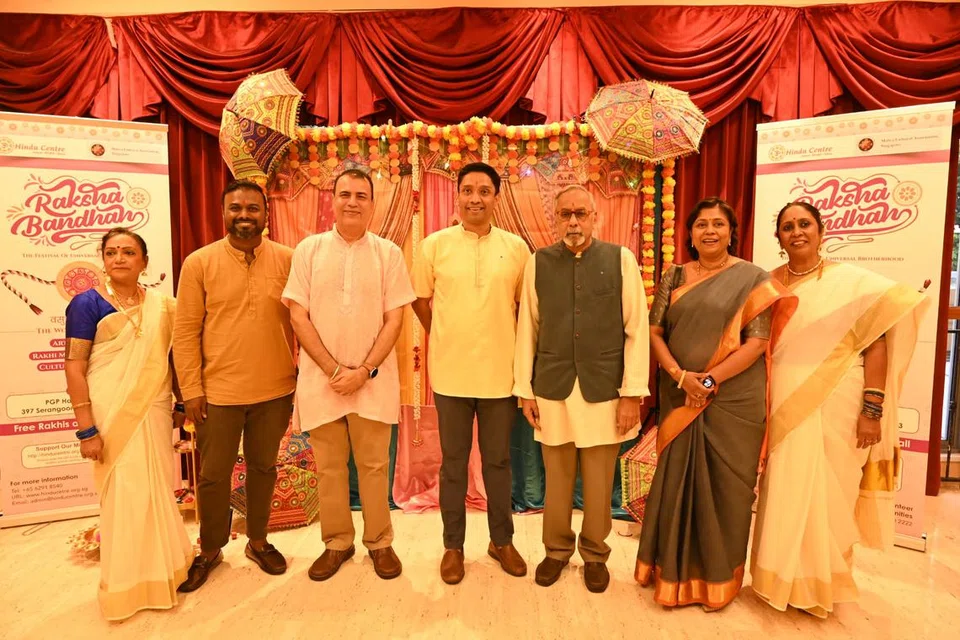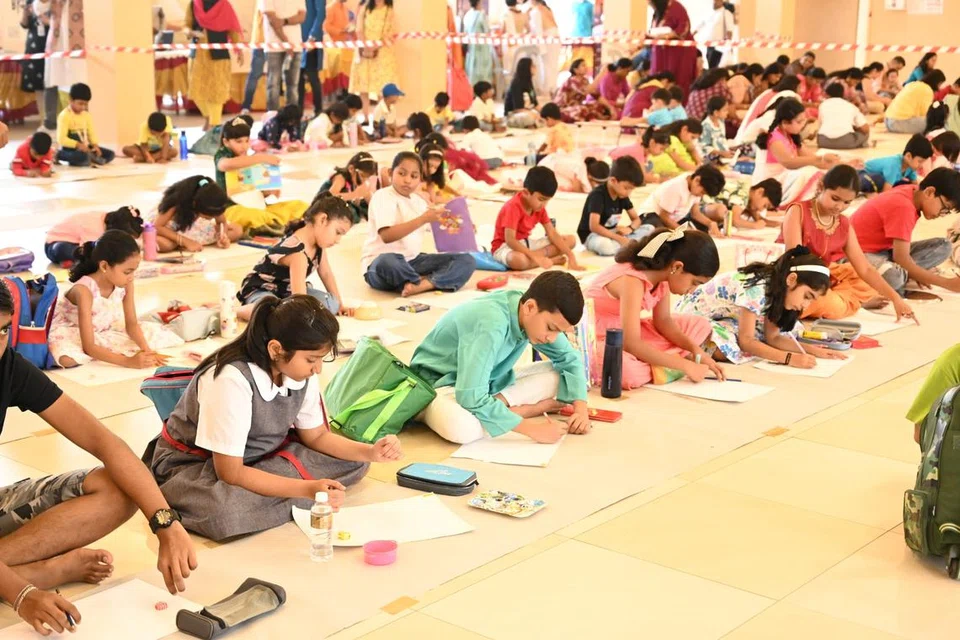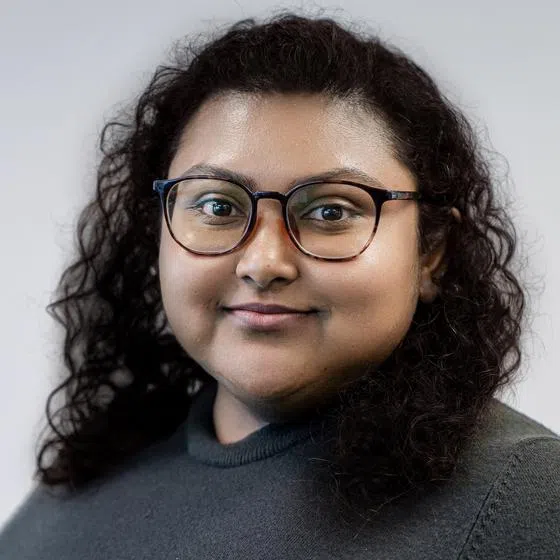Lifetime Achievement Awards were presented to Mr Sat Pal Khattar and Mr K Kesavapany, two leaders who have made significant contributions to Singapore’s Indian community, at the Raksha Bandhan event on Aug 24, jointly organised by the Hindu Centre and the Malwa Cultural Association.
Mr Khattar is the founding partner of KhattarWong, one of Singapore’s leading law firms, and is a lifetime trustee for Singapore Indian Development Association (SINDA) and vice-president of the Singapore Indian Education Trust. He also served in the Presidential Council for Minority Rights for over two decades.
Mr Kesavapany served as Singapore’s High Commissioner to Malaysia from 1997 to 2002 and was Singapore’s Permanent Representative to the United Nations in Geneva. He was also formerly the president of the Inter-Religious Organisation and the Singapore Indian Association, and was an active member of the Hindu Advisory Board and the Hindu Centre.
“In diplomacy, religion plays a very important part because it brings people together. If it’s wrongly handled, it can separate people. Luckily in Singapore, we have 10 religions coming together under the Inter-Religious Organisation. It is why we are safe and secure and can have these kinds of events,” Mr Kesavapany said.
The event, held in the PGP Hall at Sri Srinivasa Perumal Temple, drew around 700 attendees.
Minister of State for Culture, Community and Youth Dinesh Vasu Dash was the guest of honour who officially launched the event by lighting the ceremonial oil lamp alongside Dr N Varaprasad and Dr Shirish Johari, presidents of the Hindu Centre and the Malwa Cultural Association, respectively.
“In Singapore, the struggle happens after independence to maintain what we have, essentially a multicultural society, and to keep ourselves together as one united nation. This essence of togetherness is really embodied by this event, where we are connected to one another regardless of race, language, culture, background and religion,” Mr Dinesh said.
The entire auditorium was invited to participate in a mass rakhi-tying session as ushers handed out red-threaded rakhis with orange tassels. Dr Varaprasad tied a rakhi for Mr Dinesh and the other special guests, and vice versa.
Raksha Bandhan is just one of the many events, alongside weekly workshops, talks, book clubs, and yoga sessions, organised by the Hindu Centre to help parents inculcate values that they will in turn pass on to their children, Dr Varaprasad noted.
Most of Malwa Cultural Association’s community members are expatriates, first-generation immigrants and new Singaporeans, Dr Shirish said.
“We always face this dilemma when we call a new country our home: are we able to live our faith and practice our traditions? The Hindu Centre answers these concerns by providing a platform to celebrate and preserve our customs for the next generation,” he added.

Derived from Sanskrit, “raksha” means “protection” and “bandhan” means “to tie”.
Sisters tie rakhis, decorative threads or bracelets, on their brothers’ wrists and pray for their well-being and prosperity, while the latter pledge to offer lasting protection in return. The ritual can be extended to cousins, close friends or anyone considered a sibling-like figure.
This year’s Raksha Bandhan festivities included art and rakhi-making competitions for children, followed by a showcase of cultural performances and an awards ceremony.
Various schools and cultural groups took to the stage with performances of classical Indian dance as part of the showcase. A highlight was the Thiruvathiraikali dance by the ladies from the Hindu Centre’s traditional cultural arts group.
This group dance from Kerala is traditionally performed by women at home in devotion to Lord Shiva. The ladies formed a circle around an oil lamp and moved in sync with gentle, swaying steps and rhythmic claps that captivated the audience.
Ms Piya Ramnani, 41, has lived in Singapore for the past 14 years. Her son, Jahaan Ramnani, 5, won second place in Category A (ages 3 to 5) of the art competition, while her daughter, Ms Kanak Ramnani, 17, clinched first place in the rakhi-making competition.
“I feel this is really good because there are no charges at all. It’s great for kids as they love drawing, making art and the cultural programmes. That’s how they learn,” Ms Piya said.



